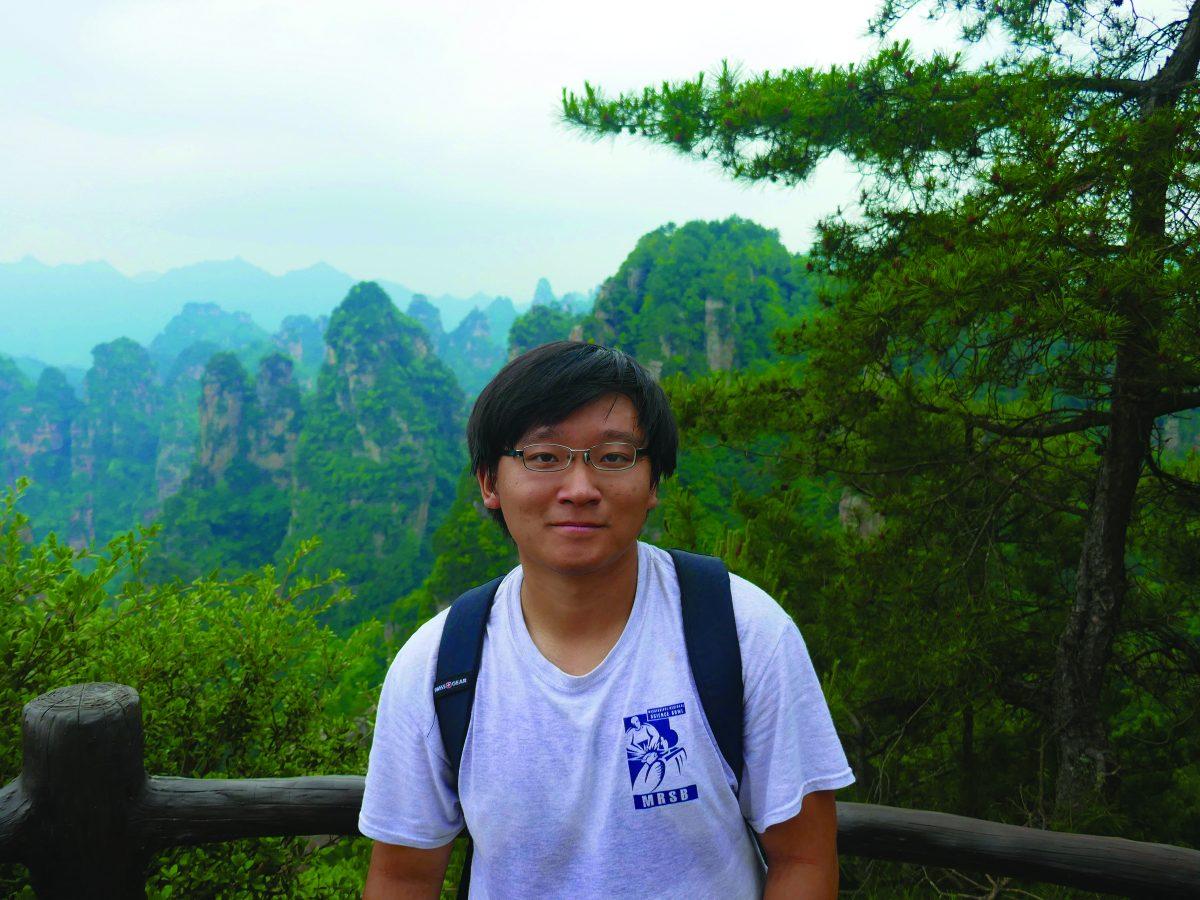Mississippi State University’s physics department head, Mark A.
Novotny, designed a theoretical process using multiple desktop
computers linked together to increase the possibility of sorting
information and providing data for quick decisions.
The theory will aid in the prediction of the spread of disease,
terror related disasters and emergency responses for natural
disaster and other complex events.
A member of the world’s largest scientific society, the American
Association for the Advancement of Science, Novotny received
assistance in his research from various institutions.
The National Science Foundation Grant has supported Novotny’s
research in collaboration with Gyorgy Korniss of Rensselaer
Polytechnic Institute in New York.
Novotny’s research team focused on developing mathematical
algorithms to optimize simulation between speed and date
management, which was previously done at random in such cases as
the West Nile virus outbreak of the summer 2002.
Novotny heads the Engineering Research Center for Computational
Sciences at MSU. Novotny investigated how parallel computing could
assist in dealing with such problems as the spread of disease,
involving a number of the ERC’s.
By simulating possible events, Novotny and his team could apply
physics to create and control scenarios using “virtual” time.
Novotny and Korniss have applied for a patent in collaboration
with Mississippi State University on their discovery and
theory.
Novotny and Korniss plan to apply the Parallel Discrete Event
Simulation in collaboration with the University of Alabama at
Birmingham’s scientists for the issue of first-response
situations.
Another MSU researcher on this project is Alice Kolakowska of
physics and the ERC. She is using other aspects of using
non-equalibrium surface science ideas in parelell computing.
“Whenever large-scale discrete event simulations need to provide
answers quickly, our method is the one to use. These occur, for
example in: 1. Simulations of deployment of emergency response
units to simultaneous multiple disasters (as might happen during a
terrorist attact or line of tornados), 2. In simulating the working
of biological systems or the fatigue and failure of materials,”
Novotny said. “For most people, the theory that a link between any
two people on earth can be found through no more than six other
people is little more than an amusing subject for party chat. But
the “small world” or “six degrees of separation” concept, which
makes political leaders or Hollywood stars seem practically like
our neighbors, may also play a role in helping huge networks of
computers work together in harmony. A study by five United
States-based researchers has found that random links much like
those between people may be more effective than centralized control
in coordinating massive parallel computing systems,” according to
Ian Austen’s article entitled “What’s next; with six Degrees of
Separation” published in the Feb. 27 issue The New York Times.
“Together with Hasan Guclu, a graduate student at Rensselaer,
Mark A. Novotny, a physics professor at Mississippi State
University, and Per Rikvold, a physics professor at Florida State
University, Dr. Korniss and Dr. Toroczkai began developing a
mathematical model that exploited the computers’ indifferent
relationships using the small-world theory behind six degrees of
separation,” Austin said, according to The New York Times.
























































































